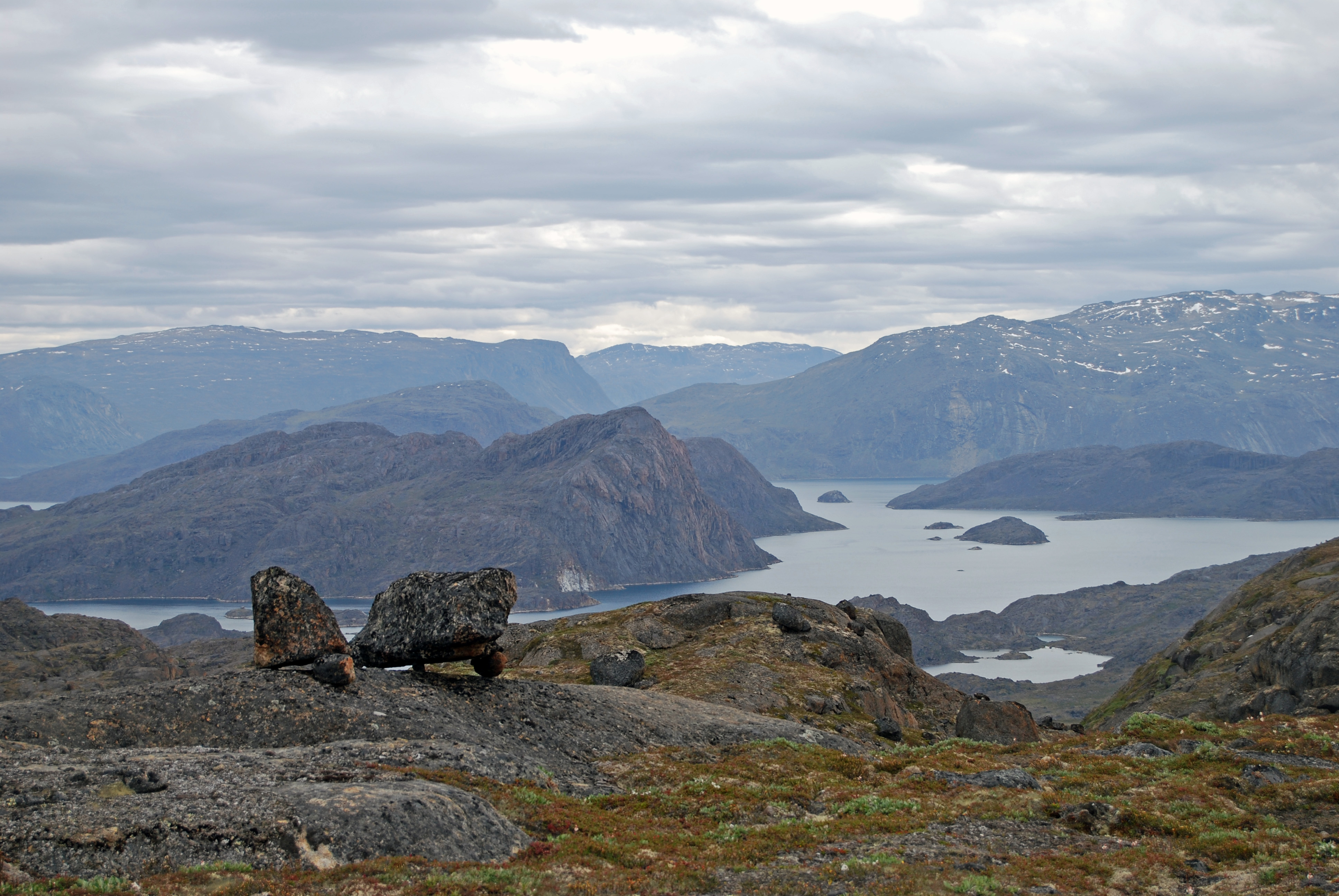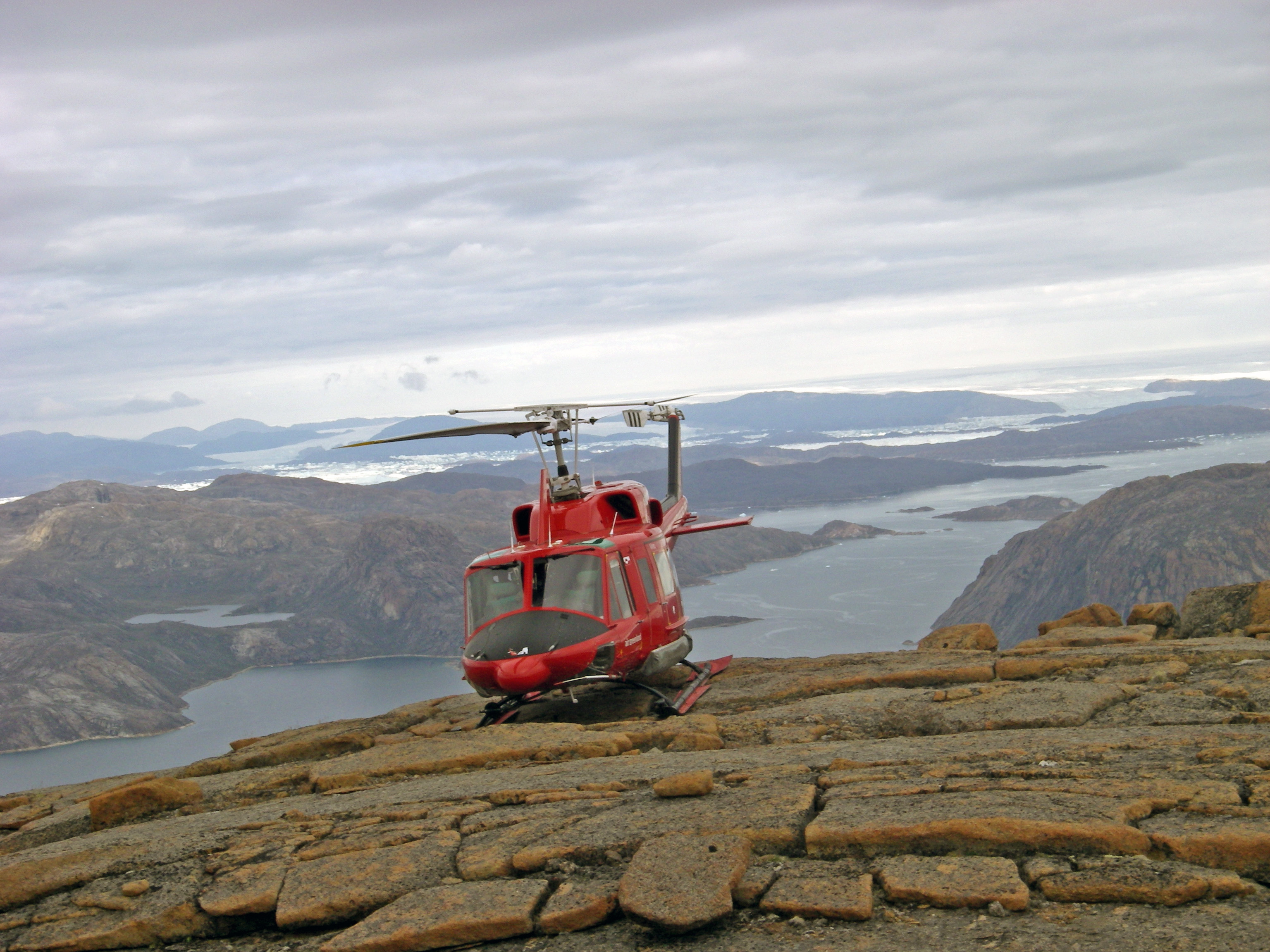
'Ghost Glaciers' Protect Greenland's Ancient Landscapes

A Greenland landscape carved when humans first conquered fire has been protected from erosion ever since by "ghost glaciers," a new study finds.
In central northwestern Greenland, near Baffin Bay, the island's ice sheet advanced and retreated many times in the past 800,000 years. But the local highlands were never scoured by ice as other areas were.
"These ghost glaciers come and go, and leave very little evidence of their presence," said lead study author Lee Corbett, who conducted the research as a master's student at the University of Vermont in Burlington. The findings were published July 23 in the Geological Society of America Bulletin.
"There are indications that these rocks have been exposed and buried for many Ice Age cycles, [but] when the ice advanced over this area, it was essentially frozen to the bedrock below. It's not eroding or shaping the landscape," Corbett, now a doctoral student at Dartmouth College in New Hampshire, told LiveScience's OurAmazingPlanet.
The study is part of a broader effort to look at past changes in the Greenland Ice Sheet. "Trying to understand times when the ice sheet was bigger or smaller will be really helpful for scientists to figure out where we're going in the future with Greenland ice loss," Corbett said. [Image Gallery: Greenland's Melting Glaciers]
Ancient landscapes
Greenland's bedrock is already ancient. Near Upernavik, the town closest to the study sites, areas of ice-free coastline reveal metamorphic rocks up to 2 billion years old.
Sign up for the Live Science daily newsletter now
Get the world’s most fascinating discoveries delivered straight to your inbox.

Corbett and her colleagues measured the age of the landscape by counting isotopes of beryllium-10 and aluminum-26 in minerals of quartz — a method called cosmogenic nuclide dating. The isotopes (versions of elements with different numbers of neutrons) form when cosmic rays strike oxygen and argon, respectively, inside rocks exposed at the surface. A bounty of isotopes means the rocks were at the surface for a long time, whereas fewer isotopes hint that erosion stripped away rocks from the surface.
In the fjords — deep, glacier-carved canyons — the ground was about 11,300 years old, about the same time as Earth's last big glacial melt. But the windy highlands were archaic. Based on ratios of isotopes in the landscape, compared with boulders left behind by earlier glaciers, the researchers discovered the surface was buried and exposed at least eight times, Corbett said. The landscape could be at least 800,000 years old, she said.
"The ancient landscapes that have been preserved beneath these ghost glaciers might even be a million years old," Corbett said.
The team suspects that climate and elevation combined to prevent local glaciers or heavy snow from abrading the highlands. Though ice is one of the most powerful erosive forces on the planet, glaciers need water's slip-sliding help to grind across mountains. In particularly cold or high-altitude spots, glaciers may freeze in place instead of melting at their bottoms.
Researchers have also found cold, protective glaciers in mountain ranges, including the Alps and the Andes. Ice helps protect high points on Mont Blanc's French slope, a study published in June in the journal Earth and Planetary Science Letters suggested. In addition, a 2010 study published in the journal Nature showed cold-bottomed glaciers in Patagonia help shield the Andes' jagged peaks.
To a geologist's eye, the Greenland landscape simply looks old, Corbett said. "Even before I dated these rocks, standing on the land surface, it was all crumbly and falling apart," she explained. "The rocks are breaking off into sheets, and there are weathering pits on the surface. It's obviously a landscape that has experienced a much longer duration on the Earth's surface. It's a gorgeous landscape."
Email Becky Oskin or follow her @beckyoskin. Follow us @OAPlanet, Facebook & Google+. Original article on LiveScience's OurAmazingPlanet.











